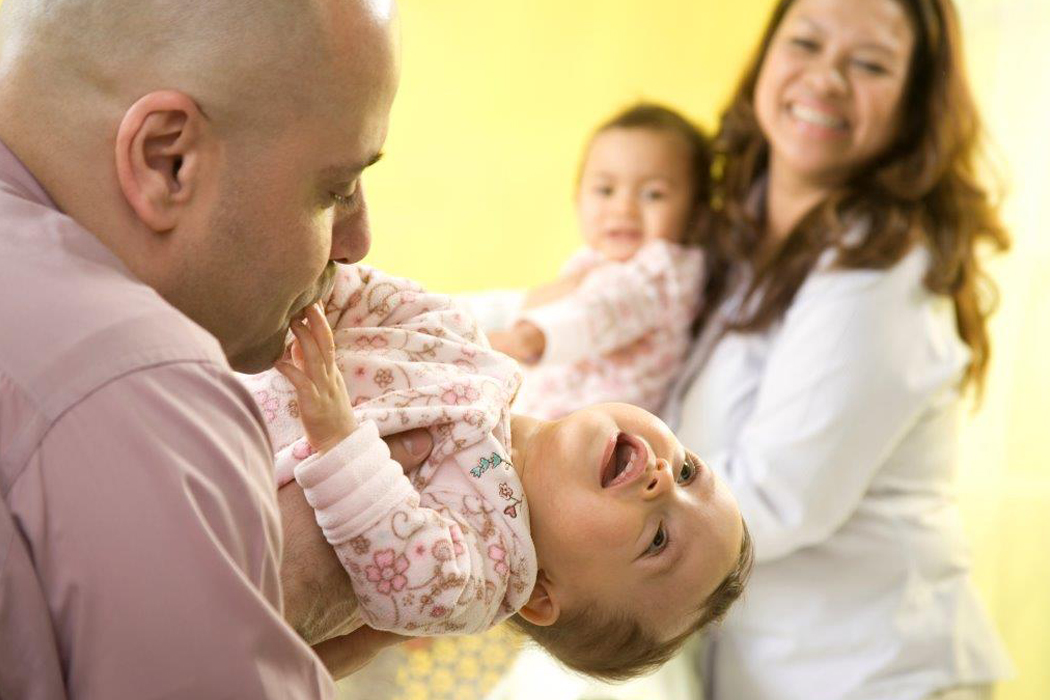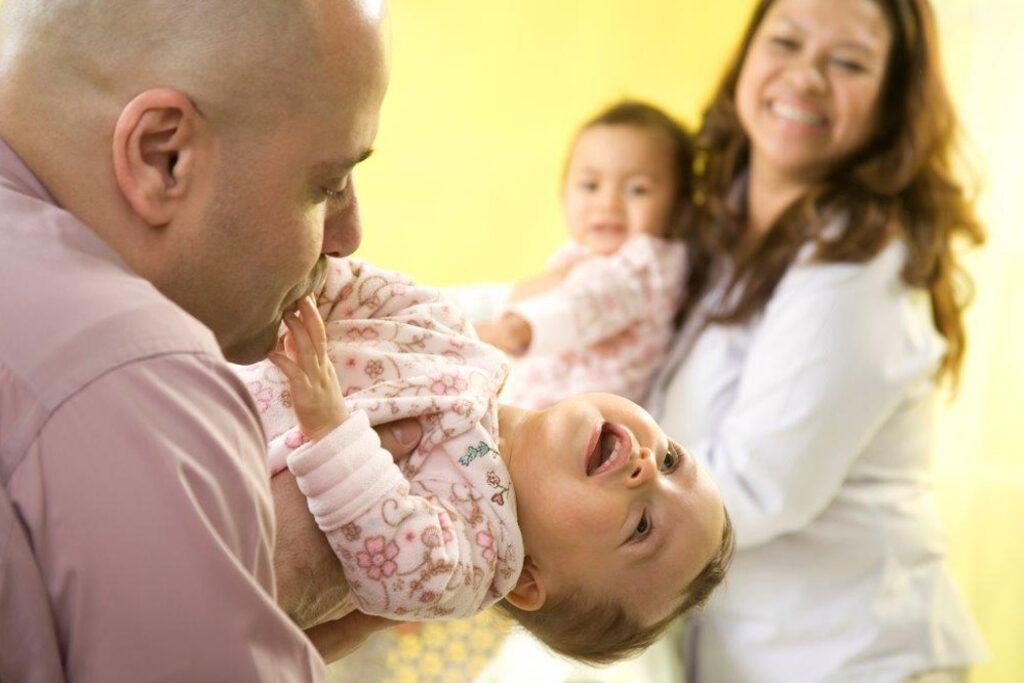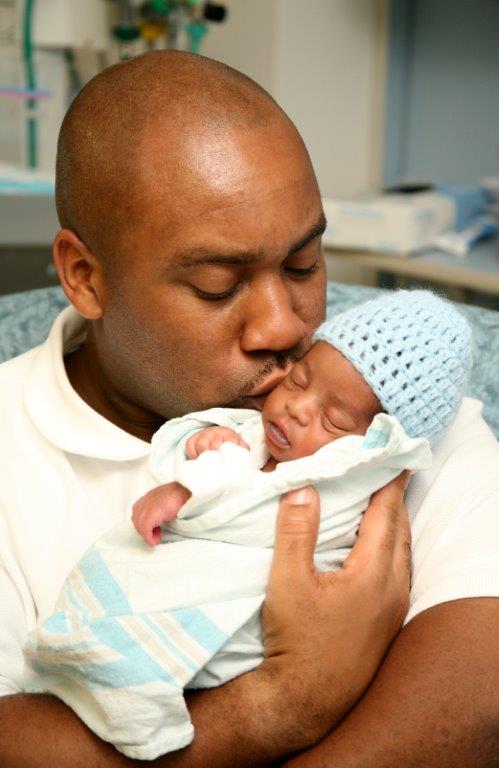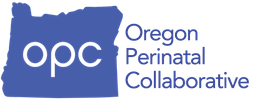Oregon Family Well Being Assessment (FWBA)
Oregon Family Well Being Assessment (FWBA)


Background
The Oregon Family Well-Being Assessment (FWBA) for pregnancy was developed by the Maternity Model of Care subcommittee of the Oregon Perinatal Collaborative in 2014/2015. It was developed as a response to the need to integrate behavioral health, social determinants of health and awareness of Adverse Childhood Events (ACEs) into maternity care. The goals of the tool were:
- To connect pregnant and postpartum women with local clinical and community resources they need to address mental health concerns, substance use disorders, domestic violence, basic resource needs and other support services. The purpose was to promote the health and well-being of women and their families, and to create more optimal environments for healthy parenting.
- To use the data to understand the behavioral health and social support resource needs of clinics, clinical systems, and communities in order to make strategic investments in the integration of behavioral health services and other supports into maternity care.
The tool has not been maintained or updated at the state level but continues to be used, with varying modifications, within multiple organizations who were involved in the original development. Below are screening tools that were incorporated and continue to be valuable resources.
The FWBA Tool
The FWBA Tool
The tool was intended to be used as early in pregnancy or early childhood for the purposes of connecting women and families to needed care as soon as possible. The original purpose was to deliver the tool as a part of routine prenatal care or in pediatric clinics during infant well child checks. However, it was also recognized as potentially helpful in other clinical or community –based settings (provided confidentiality can be assured).
Guidance on workflow for delivering the tool was provided in original launch. The original version also included an interviewer guide and recommendations for follow up based on responses to individual questions and the aggregate findings. The tool was translated into Spanish.

Content Last Updated: August 31, 2024
